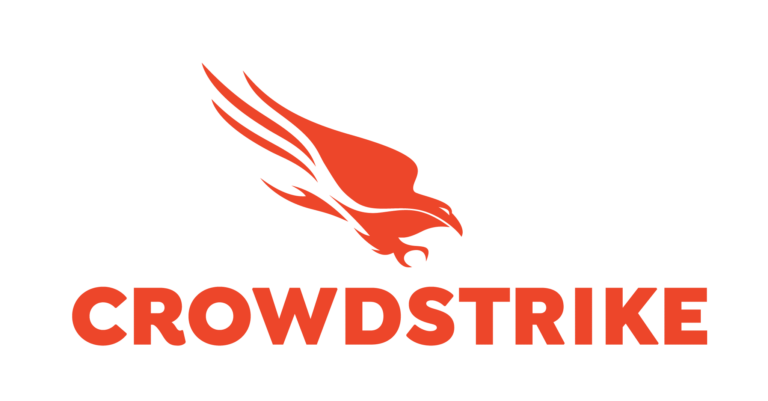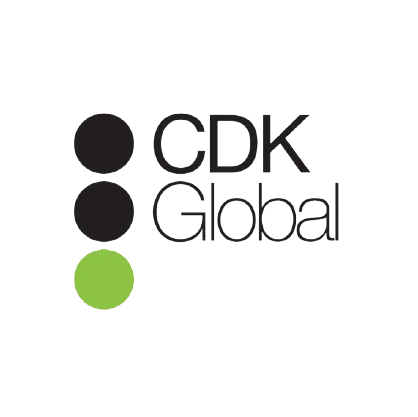Understanding AI Bot Crawling on Websites
AI bot crawling refers to the process by which automated software programs, known as bots, systematically browse the internet, collecting information from websites. These bots utilize artificial intelligence algorithms to navigate through web pages, extract relevant data, and index it for various purposes such as search engines, market research, and data analysis. While AI bot crawling offers numerous benefits such as improved efficiency and increased data accessibility, it also comes with certain drawbacks and concerns. In this article, we will delve into the advantages and limitations of AI bot crawling, assess its impact on website performance, examine privacy concerns, and explore the future outlook of this technology.
Exploring the Advantages of AI Bot Crawling
AI bot crawling offers a range of benefits that contribute to enhanced efficiency and accessibility. Firstly, these bots have the ability to crawl numerous web pages in a short period, allowing for swift data extraction and analysis. This enables businesses to gather valuable insights and make informed decisions quickly. Additionally, AI bot crawling can ensure accurate and comprehensive data collection, as bots are not subject to human limitations such as fatigue or oversight. This improves the quality of data used for research, market analysis, and search engine indexing, leading to more reliable and valuable results.
Moreover, AI bot crawling facilitates the automation of repetitive tasks that would otherwise require significant human effort. This not only saves time and resources for businesses but also allows employees to focus on more complex and creative tasks. For instance, AI bots can crawl websites to gather pricing information, monitor competitors, and track industry trends, enabling companies to stay ahead of the curve. Overall, the advantages of AI bot crawling lie in its ability to expedite data collection, ensure accuracy, and streamline business processes.
Analyzing the Limitations of AI Bot Crawling
While AI bot crawling presents significant advantages, it also comes with certain limitations that should be considered. One drawback is the potential inability of bots to understand complex web pages that heavily rely on JavaScript or dynamically generated content. In such cases, bots may struggle to extract accurate data, leading to incomplete or inaccurate indexing. Additionally, websites can implement countermeasures such as CAPTCHA or IP blocking to prevent bots from accessing their content, hindering the crawling process.
Another limitation of AI bot crawling is the potential for biased data collection. Bots might inadvertently prioritize certain types of information or sources, leading to skewed results. This can have implications in areas such as market research or social analysis, where unbiased and representative data is crucial. Moreover, the reliance on AI algorithms introduces the risk of algorithmic bias, where bots may unintentionally discriminate against certain demographics or perpetuate existing societal biases.
Evaluating Speed and Efficiency
AI bot crawling can have both positive and negative impacts on website performance. On one hand, the efficient crawling and indexing of web pages by bots can improve a website’s visibility in search engine rankings. This can lead to increased organic traffic and potential business opportunities. Furthermore, bots can help identify and fix broken links, optimize site structure, and enhance overall user experience, resulting in improved website performance.
On the other hand, if bots crawl websites too frequently or inefficiently, it can strain the server resources and negatively impact website speed. Excessive crawling can lead to increased server load, slow down page loading times, and potentially cause website downtime. Therefore, it is crucial for website owners to manage and regulate bot crawling activities to strike a balance between data collection and maintaining optimal website performance.
Predicting the Role of AI Bot Crawling
As technology continues to advance, the role of AI bot crawling is likely to expand even further. With improvements in natural language processing and machine learning, bots may become more adept at understanding complex web pages and extracting accurate data. However, it is essential to address the limitations and concerns associated with AI bot crawling, such as biases and privacy issues, to ensure its ethical and responsible use.
In the future, AI bot crawling may play a crucial role in areas such as personalized search results, content recommendation systems, and targeted advertising. The ability to efficiently gather and analyze vast amounts of data will continue to be invaluable for businesses across various industries. Nevertheless, it is important for developers, website owners, and regulators to collaborate in establishing guidelines and best practices to maximize the benefits of AI bot crawling while minimizing its drawbacks.




